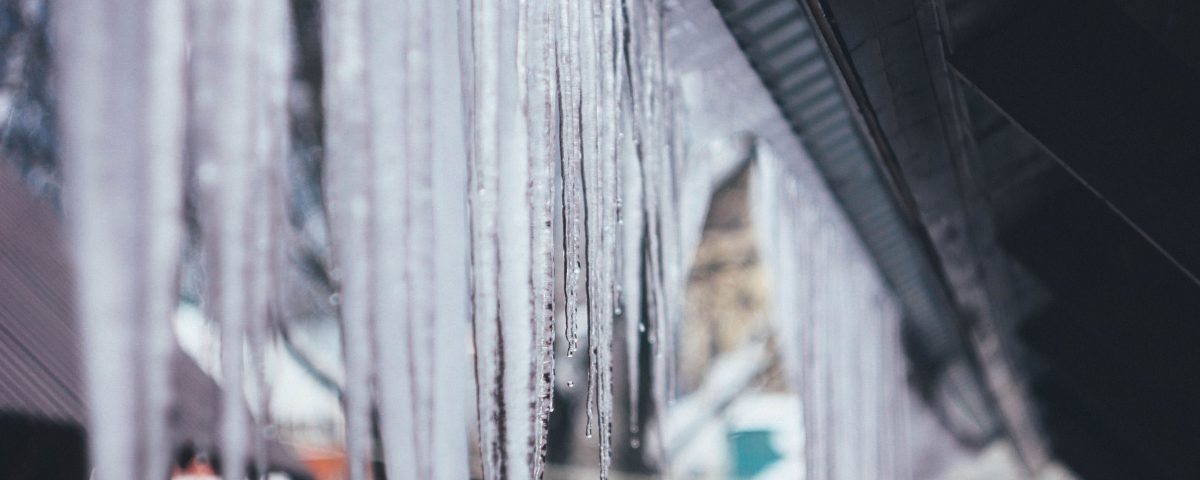Ice, Ice…Maybe?
Is your home at risk of water damage from ice damming?
What are ice dams?
When the temperature of your roof warms from your home’s residual heat, collections of ice or snow can melt and travel down the slope of your roof. When it reaches the edge of the roof, where the air temperature is still cold, it re-freezes and forms an ice dam. This forming of ice in your gutters or on your roof can lead to water collecting behind this ice “wall,” creating a pool of water that can make its way into your home.
How can I prevent this from happening to my home?
Preventing heat loss through your attic/ceiling is the main way to keep ice damming from affecting your home. Ensuring your home is properly insulated will prevent warm air from inside your home from affecting your roof. Furthermore, check behind the insulation for possible attic leaks that would need caulked or repaired. Other options of prevention include a roof-ventilation system (to keep the roof cold) or installing a heat cable around the edge of your roof (to prevent the re-freezing of draining, melted ice and snow).
You can also practice simple, money-saving steps to prevent damage from the natural melting of ice and snow. As the melting begins, check for pooling of water around your home. With nowhere else to go, this gathering water will eventually end up entering your home, causing potentially serious damage. You can also check your gutters to ensure they are clear of debris and properly directing water AWAY from your home.
What are some signs that water damage from ice damming may be affecting my home?
- Peeling, bubbling, or cracking paint
- Sagging drywall
- Wet insulation
- Water mark stains: They tend to appear grey or brownish in color. This can determine the length of time the water has been entering.
- Icicles hanging from the edge of your roof or gutters (BEWARE: Knocking off icicles is not recommended, and can easily cause damage to eaves, flashing and gutters).
- Ice along exterior wall
- Ice coming through the soffit, which is the underside of the eave, where the roof extends over the side walls of your home.
The damage is done. Now what?
The professionals at Extreme Restoration are specially trained to handle this water damage swiftly and effectively. We are experts at mitigating and restoration to ensure the water is removed and all affected areas are properly dried and treated. You can call us 24/7, 365 days a year.

Got something to say?